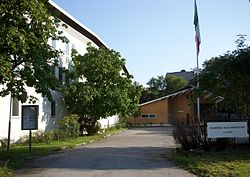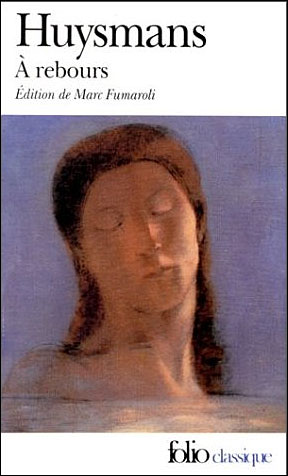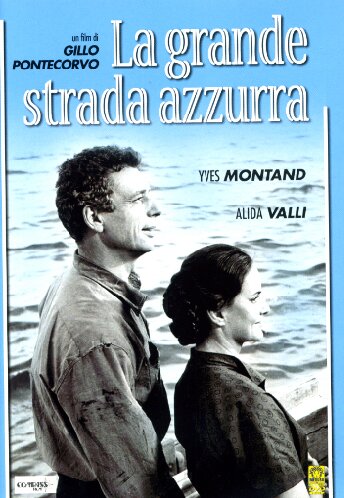At one of the so called "Academic bookstores" (Akademibokhandeln in Swedish. The biggest but not the best bookstore in Sweden or Stockholm, as I've written before) in Stockholm I listened to the Swedish writer and professor in History of ideas and learning (if this is the correct translation?) Sven-Eric Liedman talking about his latest book; "Stones in the Soul" (Stenar i själen).
In this book he discusses the question about form and matter from different angles and how it shapes our perception of the World.
It's the last book in a trilogy where he thoroughly penetrates topics that have engaged him for many years. "In the shadow of the Future" (I skuggan av framtiden) was the first book.
After this I went on to see two films at the cinematek: The Trouble with Angels by Ida Lupino and The White Tower by Ted Tetzlaff.
The first film is described as a queermovie dealing with the problems or opportunities two young girls face when they are sent to a convent school with teachers being nuns.
Friendship and underlying homosexual love?
The reality was that this was a light-weight movie about young people in their teens trying to break borders and put the adults to a test in different ways.
A very innocent movie with no queer motif what so ever.
The White Tower with among others Alida Valli, Glenn Ford, Claude Rains and Lloyd Bridges was a pathetic, moralizing lecture about right and wrong and who is always right and who is always wrong.
A woman wants to climb a mountain in Switzerland, a mountain that noone ever has succeeded in climbing. Her father died in trying to do so. She engages five men of whom one is a german with 'übermensch-ideal' who of course, in rejecting help from others, dies.
She gives up her ideals when the 'good' guy - an american of course - gets injured in trying to climb the mountain.
She moves with him to USA despite him having no ideals or aspirations.
After this I went on to see two films at the cinematek: The Trouble with Angels by Ida Lupino and The White Tower by Ted Tetzlaff.
The first film is described as a queermovie dealing with the problems or opportunities two young girls face when they are sent to a convent school with teachers being nuns.
Friendship and underlying homosexual love?
The reality was that this was a light-weight movie about young people in their teens trying to break borders and put the adults to a test in different ways.
A very innocent movie with no queer motif what so ever.
The White Tower with among others Alida Valli, Glenn Ford, Claude Rains and Lloyd Bridges was a pathetic, moralizing lecture about right and wrong and who is always right and who is always wrong.
A woman wants to climb a mountain in Switzerland, a mountain that noone ever has succeeded in climbing. Her father died in trying to do so. She engages five men of whom one is a german with 'übermensch-ideal' who of course, in rejecting help from others, dies.
She gives up her ideals when the 'good' guy - an american of course - gets injured in trying to climb the mountain.
She moves with him to USA despite him having no ideals or aspirations.





















